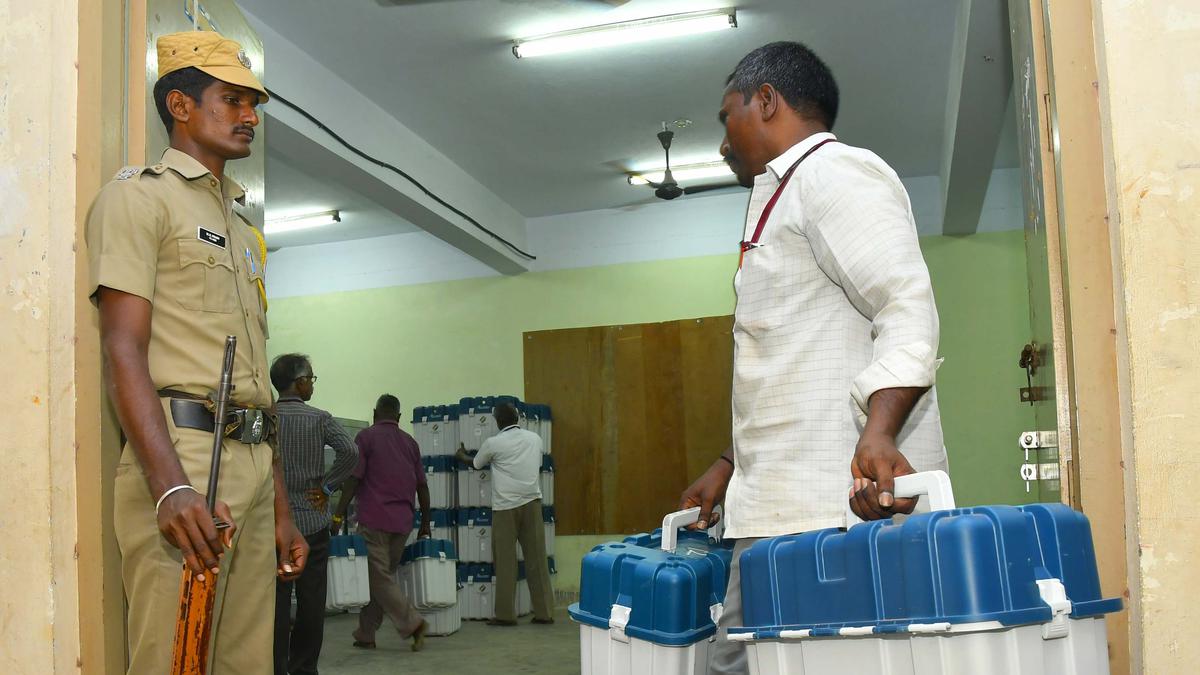In a highly anticipated decision, the Supreme Court addressed concerns regarding Electronic Voting Machines (EVMs) and Voter Verified Paper Audit Trails (VVPATs). However, the outcome has led to further division and disappointment among stakeholders.
Background:
The case involved petitions from citizens and political entities questioning the reliability and susceptibility of EVMs to manipulation. These concerns raised significant doubts about the integrity of India’s electoral process.
Court Decision:
Despite extensive arguments, the judgment did not adequately address the fundamental concerns raised by petitioners. While acknowledging the importance of public trust in elections, the decision lacked specific measures to enhance transparency and accountability.
Criticism:
Critics argue that the judgment missed a critical opportunity to strengthen the credibility of the electoral system. The absence of mandated safeguards or auditing mechanisms disappointed many who had hoped for a landmark ruling to reform elections.
Broader Implications:
The disappointment with the verdict transcends political affiliations, reflecting a broader worry about the health of India’s democracy and the need to maintain fairness and integrity in elections.
Continued Debate:
As the nation grapples with the judgment’s implications, the debate over EVMs and VVPATs is expected to persist. Calls for comprehensive reforms to protect the sanctity of elections are likely to intensify.
Multiple Choice Questions (MCQs):
- What was the subject of the Supreme Court’s judgment?
- A) Aadhaar card
- B) Electronic Voting Machines (EVMs) and Voter Verified Paper Audit Trails (VVPATs)
- C) Citizenship Amendment Act (CAA)
- D) Right to Privacy
- What was the outcome of the judgment regarding EVMs and VVPATs?
- A) Concrete measures to enhance transparency and accountability were provided.
- B) Stricter safeguards and auditing mechanisms were mandated.
- C) The judgment failed to address core apprehensions raised by petitioners.
- D) The electoral system was declared flawless.
- What do critics argue regarding the Supreme Court’s judgment?
- A) It bolstered the credibility of the electoral system.
- B) It missed a crucial opportunity for electoral reform.
- C) It mandated comprehensive safeguards for EVMs and VVPATs.
- D) It set a precedent for future judgments.
